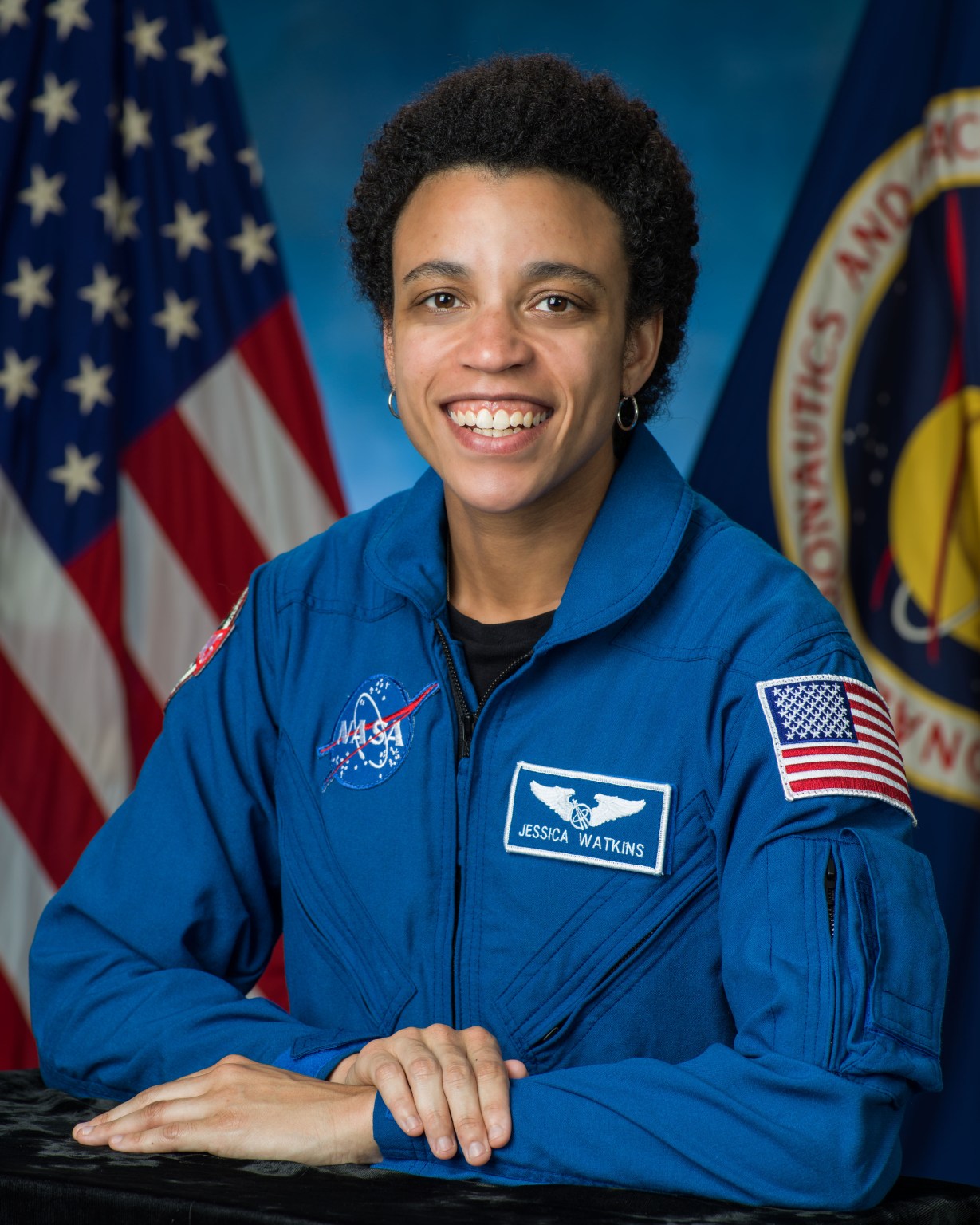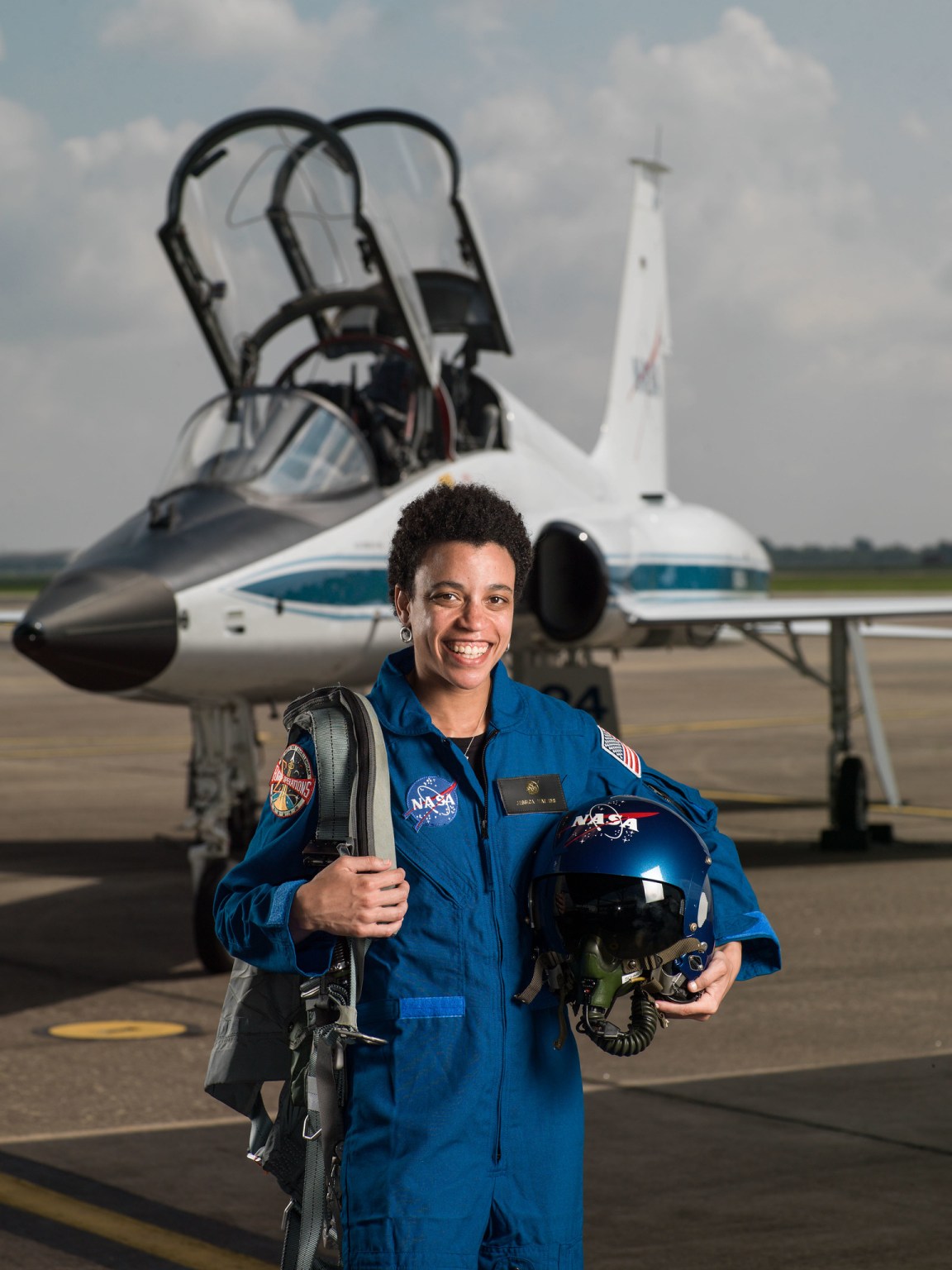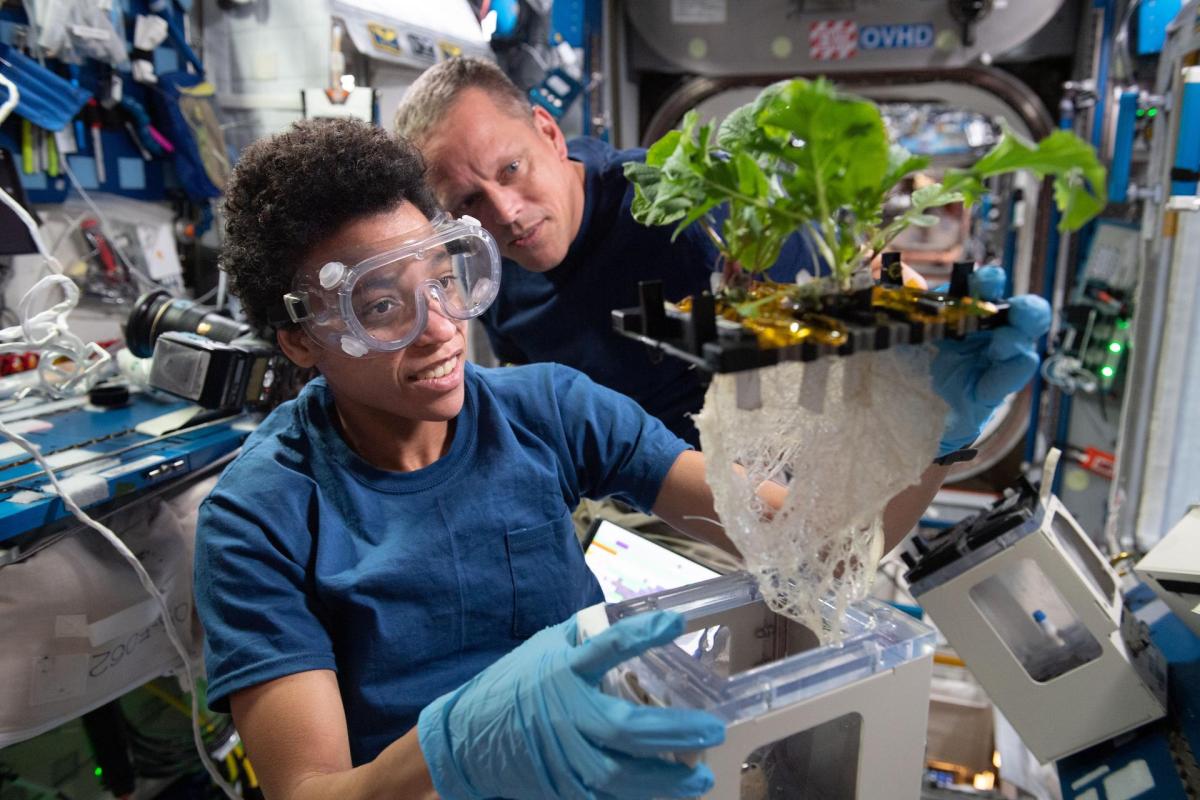
Credits: Berkeley News
Walter Alvarez (1940-Present)
Walter Alvarez is an American geologist best known for his development, alongside his father, of the theory that the mass extinction that killed the dinosaurs was caused by an asteroid impact. His expertise focuses on plate tectonics and mountain formation.


Left: Image of Walter Alvarez (credits: Berkeley Earth and Planetary Sciences) Right: Image of Luis and Walter Alvarez standing next to an outcrop in Italy where they found high concentrations of iridum (credits: Britannica)

Walter Alvarez and two UC Berkeley graduate students, Mark Anders and David Bice, at the Cretaceous-Tertiary boundary outcrop at Gubbio, Italy, where the first evidence for Alvarez’s theory was discovered. Credits: UCBerkeley News.







































